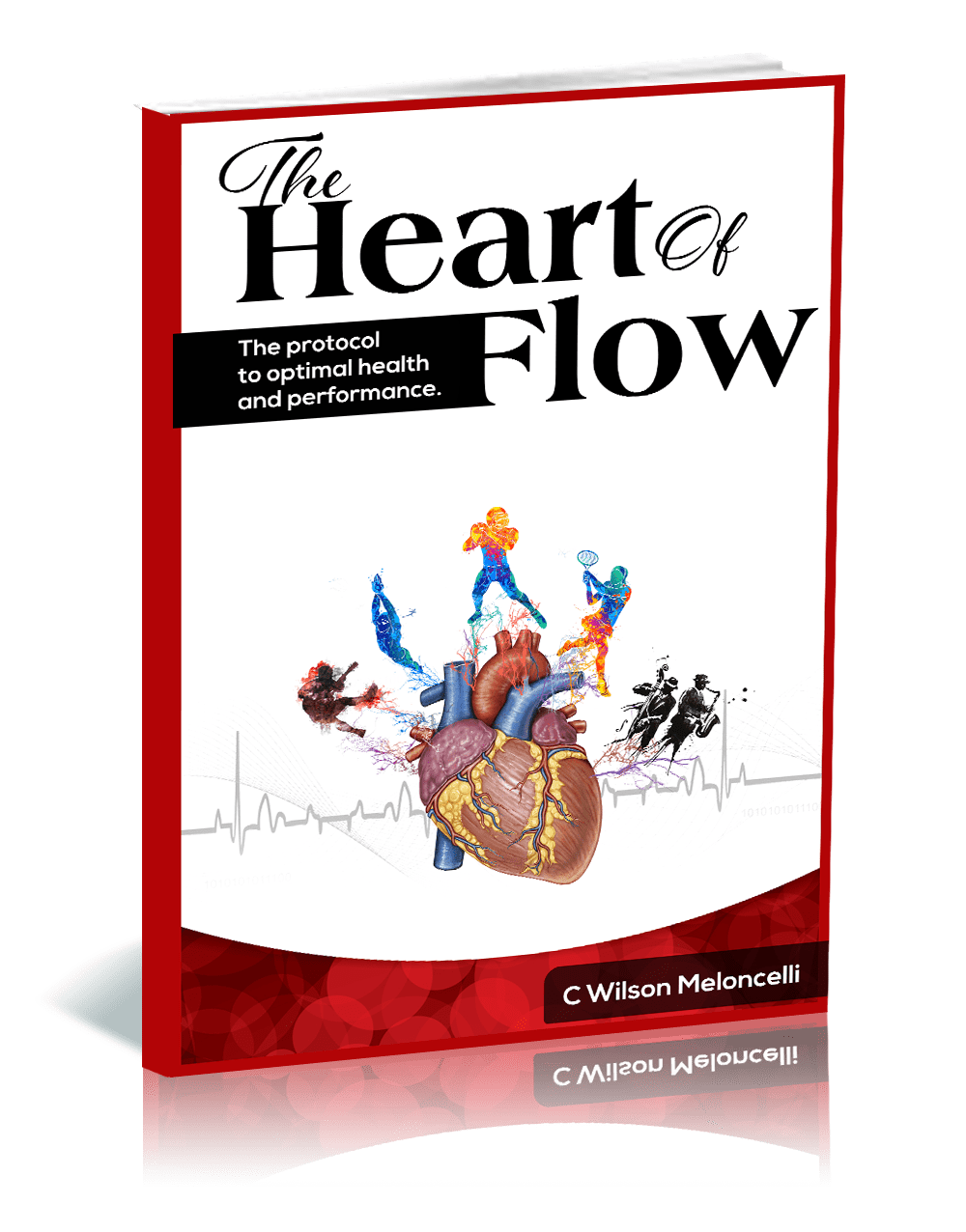
The circadian rhythm, our internal biological clock, orchestrates various physiological and behavioral processes, including the pivotal sleep-wake cycle, hormone production, metabolism, and body temperature regulation. This rhythm, primarily influenced by light and darkness, signals wakefulness and sleep, ensuring our bodies function optimally throughout the day. But how does this rhythm intertwine with achieving a flow state, and how can optimizing our sleep through understanding our circadian rhythm enhance our ability to access flow?
Circadian Rhythm: The Conductor of Biological Processes
The suprachiasmatic nucleus (SCN) in the hypothalamus, a pea-sized cluster of cells, acts as the master regulator of the circadian rhythm. It receives light and dark signals, particularly through the optic nerve, and orchestrates various physiological and behavioral processes, ensuring synchronization with the external environment. The SCN influences hormone production, metabolism, and body temperature, impacting our alertness, energy levels, and overall well-being.
Flow State: The Pinnacle of Peak Performance
Flow state, often described as being "in the zone," is a mental state in which an individual performing an activity is fully immersed in a feeling of energized focus, full involvement, and enjoyment. It's characterized by complete absorption in what one does, resulting in a transformation of one's sense of time and enhanced performance and productivity.
The Interplay Between Circadian Rhythm and Flow State
Light, Darkness, and Flow
Light plays a pivotal role in regulating our circadian rhythm and, consequently, our ability to enter a flow state. Exposure to natural light during the day and darkness at night helps regulate our sleep-wake cycle, ensuring we get quality sleep, which is crucial for physical and mental restoration, memory consolidation, and cognitive function. This, in turn, enhances our ability to access flow, as a well-rested mind and body are more capable of focused attention and peak performance.
Temperature Minimum and Maximum: Influencing Alertness and Productivity
Understanding our temperature minimum and maximum, the lowest and highest points of our body temperature over a 24-hour cycle, respectively, can help us optimize our energy levels and improve our performance throughout the day. This understanding allows us to work in harmony with our body’s natural rhythms, ensuring we engage in activities that require the most focus and energy during our peak times, thereby enhancing our ability to access flow.
The Second Wind and Flow
The temperature maximum, occurring in the late afternoon/early evening, is characterized by a slight increase in body temperature, making us feel more alert and energetic. Utilizing this "second wind" effectively can enhance our ability to enter a flow state, particularly during activities that require intense focus and energy.
The Role of Sleep in Achieving Flow
Quality sleep, regulated by our circadian rhythm, is paramount for achieving a flow state. Sleep enhances our cognitive function, mood, and physical health, all of which are crucial for achieving focused attention and peak performance, characteristics of flow. Therefore, optimizing our sleep through understanding and working in harmony with our circadian rhythm can enhance our ability to access flow.
Strategies to Enhance Sleep and Achieve Flow
- Light Exposure: Ensure exposure to natural light during the day and limit exposure to blue light from electronic devices before bedtime.
- Consistent Sleep Schedule: Maintain a regular sleep schedule, even on weekends, to prevent shifts in your temperature minimum and maximum.
- Optimize Sleep Environment: Ensure your sleep environment is conducive to sleep, considering factors such as temperature, noise, and light.
The circadian rhythm and flow state are intrinsically linked through their impact on our physical and mental well-being. By understanding and optimizing our circadian rhythm, particularly through enhancing our sleep, we can create a foundation that enhances our ability to achieve a flow state, thereby enhancing our performance and productivity in various aspects of our lives.

Are you ready to unlock your full potential and achieve peak performance? Discover the power of the 4 Cycles of Flow program. By understanding and optimizing your circadian rhythm, you can create a solid foundation to enhance your ability to achieve a flow state. Don't miss out on this opportunity to improve your sleep, boost your productivity, and elevate your life. Join the 4 Cycles of Flow program today and take the first step towards a more fulfilling and successful future.
References Studies
- Circadian rhythms: influence on physiology, pharmacology, and therapeutic interventions - This study discusses the prevalence of circadian rhythms within physiological processes and their influence on various aspects of human health and pharmacology.
- Circadian Rhythm and the Skin: A Review of the Literature - This study demonstrates that circadian rhythm blood flow rates were maintained even during treatment with topical applications, showing the robustness of circadian influences on physiological processes.
- Rhythms of life: circadian disruption and brain disorders across the lifespan - This article from Nature discusses the impact of circadian rhythms on brain disorders across the lifespan, highlighting the importance of these rhythms in overall brain health.
- Motivation states to move, be physically active and sedentary vary like circadian rhythms and are associated with affect and arousal This article discusses the circadian rhythms in relation to physical activity, sedentary behavior, and motivation states, which might be relevant when discussing flow states and physical performance.
- The Ideal Work Schedule, as Determined by Circadian Rhythms - This article from the Harvard Business Review discusses how the natural ebb and flow of circadian rhythms can impact our alertness and productivity, which can be related to achieving flow states in a work environment.
- Study of Brain Circadian Rhythms in Patients with Chronic Disorders of Consciousness and Healthy Individuals Using Microwave Radiometry - This study explores the circadian rhythms in the human body using temperature measurements, providing insights into the viability of the circadian system in different states of consciousness.
- Circadian rhythms in the blood–brain barrier: impact on neurological disorders and stress responses - This article discusses the impact of circadian rhythms on neurological disorders and stress responses, which could be relevant when discussing mental well-being and flow states.
- Rhythms in barriers and fluids: Circadian clock regulation in the aging neurovascular unit - This research discusses the circadian rhythm of electrical activity in cells, providing insights into how rhythmic cycles and steady-state circadian rhythms might impact neurological health.
- Circadian and Homeostatic Modulation of Functional Connectivity and Regional Cerebral Blood Flow in Humans under Normal Entrained Conditions









